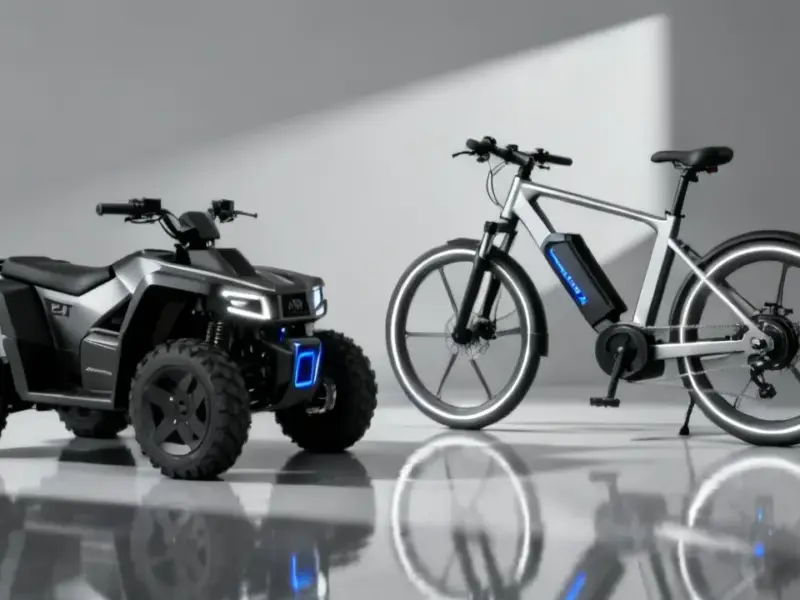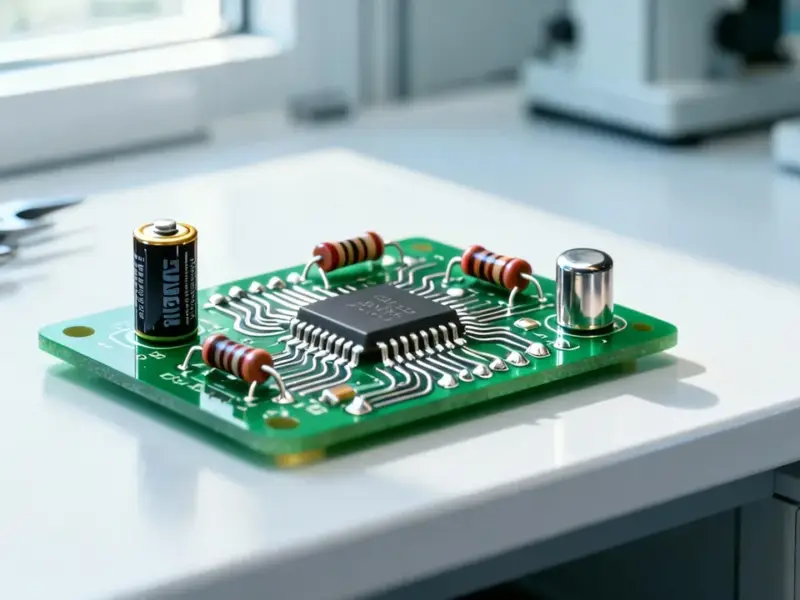According to SciTechDaily, scientists from the RIKEN Center for Quantum Computing and Huazhong University of Science and Technology have developed a theoretical model for a “topological quantum battery” that could revolutionize energy storage. Their research, published in Physical Review Letters on May 6, 2025, combines topological properties of photonic waveguides with quantum behavior of two-level atoms to create devices capable of near-perfect energy transfer. The study reveals that dissipation – typically considered detrimental to battery performance – can actually temporarily boost charging power when it exceeds a critical threshold. This breakthrough could have major applications in nanoscale power storage, optical quantum communication, and distributed quantum computing networks while overcoming practical limitations of current quantum battery proposals.
When Losing Energy Actually Helps
Here’s the thing that blows my mind about this research – they’re basically saying that sometimes losing energy can be a good thing. In traditional batteries, dissipation is the enemy. It’s what makes your phone get hot while charging and wastes precious energy. But in these topological quantum batteries, the researchers found that when dissipation crosses a certain threshold, the charging power actually gets a temporary boost.
Think about that for a second. It’s like discovering that occasionally letting air out of your tires makes your car go faster. It completely upends our conventional understanding of energy transfer. The team used both analytical and numerical methods to demonstrate this counterintuitive effect, showing that topological properties – those characteristics that remain unchanged even when materials are deformed – could make quantum batteries immune to many of the problems that plague current designs.
The Reality Check
Now, before we get too excited about charging our phones in seconds, let’s talk about the elephant in the room. This is still theoretical research. We’re talking about a model, not an actual physical battery you can hold in your hand. The researchers themselves acknowledge they’re working to “bridge the gap between theoretical study and practical deployment.”
And let’s be real – quantum systems are notoriously fragile. Decoherence, where quantum systems lose their essential properties, has been the death knell for many promising quantum technologies. Environmental noise, structural imperfections, random fluctuations – all these can wreck the delicate quantum states needed for these batteries to work. But that’s what makes the topological approach so interesting. If these properties really are robust against deformation and disorder, we might finally have a path around some of quantum technology‘s biggest headaches.
Who Wins and Who Loses?
If this technology ever becomes practical, the energy storage landscape would look completely different. We’re talking about potential applications in everything from powering quantum computers to nanoscale medical devices. Traditional battery manufacturers might face disruption, while companies working in quantum photonics and topological materials could see massive opportunities.
But here’s the real question: how long until we see actual products? The researchers mention distributed quantum computing networks and optical quantum communication as near-term applications. These are specialized uses where the benefits could justify the likely high costs. For consumer electronics? We’re probably looking at a much longer timeline. Still, the mere possibility of batteries that charge faster and store energy more efficiently while being immune to many traditional failure modes is enough to get anyone in the energy sector paying attention.
The research is detailed in their paper “Topological Quantum Batteries” if you want to dive into the quantum mechanics yourself. It’s one of those developments that reminds us we’re still just scratching the surface of what’s possible with quantum technologies.




